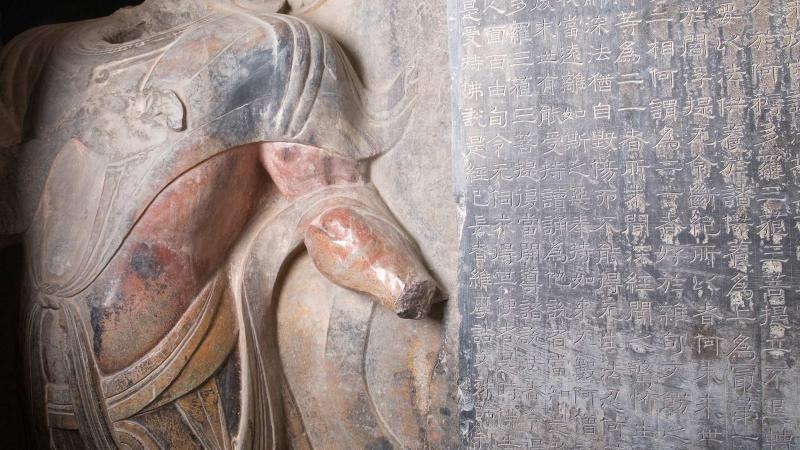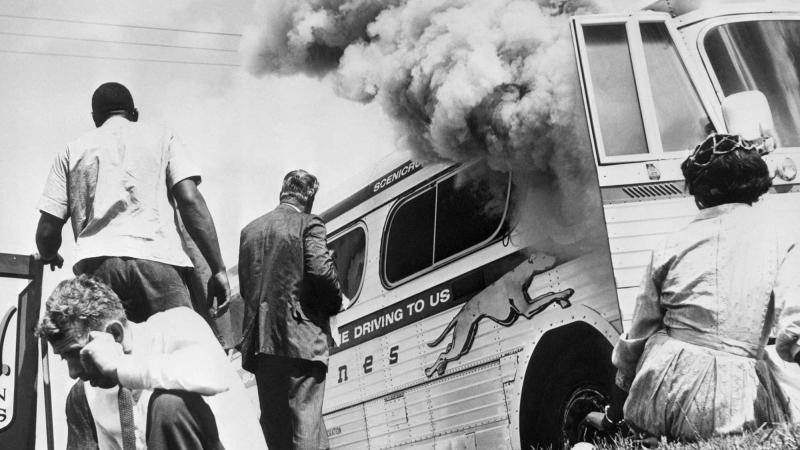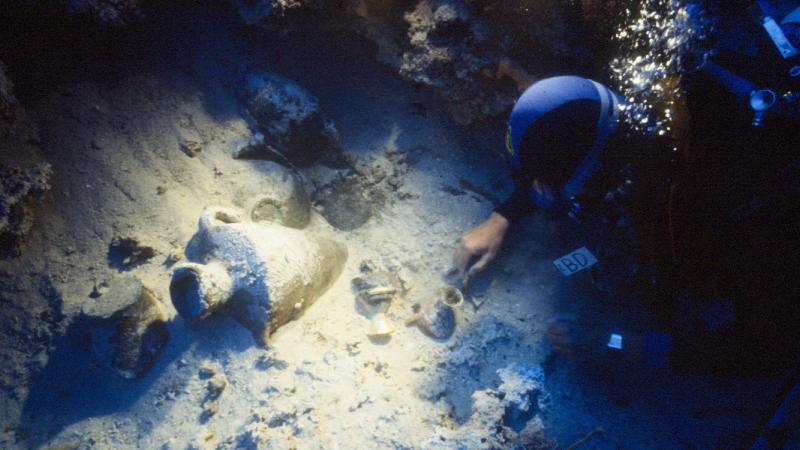“Manuscripts at risk have always been in our DNA,” says Father Columba Stewart, executive director of the Hill Museum & Manuscript Library at St. John’s University in Collegeville, Minnesota. In the centuries-old tradition of his Benedictine order, Father Columba’s mission is to preserve knowledge, but he and his colleagues do it with a modern twist. Their efforts are to make photographic and digital records of manuscripts threatened by war, neglect, theft, or that are so remote they are nearly inaccessible.
It all started in the 1960s with one of Father Columba’s predecessors, who walked, rode trains, and drove a VW minibus around Austria to convince abbots to allow him to microfilm the manuscripts in their abbeys. The project was driven by a concern that those manuscripts might disappear forever if Austria came under attack during the Cold War. Since then, HMML has worked with more than 550 partner libraries throughout Europe, the Middle East, Africa, and India to photograph and digitize 250,000 manuscripts, ensuring that a record persists for future generations of scholars and those who are fleeing their homelands.
In 2015, HMML began making these manuscripts available virtually on vHMML. The site includes an online reading room that allows visitors to discover new texts, compare versions of known texts in several languages, and trace the circulation of manuscripts over time. For scholars interested in learning more about paleography, the study of ancient writing, there are online teaching tools. In its most recent grant to HMML, NEH has provided $323,958 to create vHMML 3.0.
The online collection holds images of handwritten manuscripts created from the sixth century to the twenty-first; they cover nearly 50 languages, among them Arabic, Armenian, Church Slavonic, Ge’ez, Latin, Syriac, and Turkish Garshuni. From Ethiopia, there are the digital copies of the beautifully illuminated Abbā Garimā Gospels, which have been radiocarbon dated to the sixth century, and from Syria via Turkey, there’s a digital version of a sixteenth-century copy of the Chronicle of Michael the Great, the work of a church patriarch who wrote the original in the twelfth century. Among the things Michael recounted was the arrival of the Crusaders in the Middle East. According to HMML, the Chronicle, which had been in Aleppo, is “safely hidden for now.”
“We’ve worked extensively in the shadow of the 2003 invasion of Iraq and its aftermath,” says Father Columba, who has been forming partnerships in the region since then despite the dangers. Countless writings have been destroyed across Iraq and Syria. In 2017, he and Father Najeeb Michaeel, director of the Digital Center for Eastern Manuscripts, traveled in northern Iraq to show Lesley Stahl of CBS’s 60 Minutes the devastation to monasteries and libraries wrought by ISIS and the subsequent damage caused during airstrikes to liberate Mosul.
Father Najeeb, a member of the Dominican order, recounted how when ISIS attacked Qaraqosh in 2014, he and thousands of other Christians had to leave quickly. He was able to get some manuscripts onto trucks and to safety in Erbil in the Kurdish Region of northern Iraq. Fleeing families helped him. “Even the little girls and boys, 10 to 12 years, they carry the heritage and manuscripts from the thirteenth, fourteenth century. I don’t save it alone,” he says.
Working with religious leaders, librarians, government authorities, and not-for-profit organizations, Father Columba builds trust in communities that may otherwise be wary “that foreigners are here once more to take our stuff.” The manuscripts do not go to Minnesota. Instead, locals are trained to digitize them in their home countries so there will be a record for their communities and a record for HMML. “Our promise to our donors is that the data will be safe,” says Father Columba. To ensure that promise, the museum keeps a backup of the records at a secure facility far removed from Minnesota.
The museum has recently expanded its scope to include Islamic manuscripts. The first effort was in Jerusalem, where Muslim families with extensive libraries digitized their collections, and, in 2013, Father Columba forged an agreement with SAVAMA-DCI, a nongovernmental organization in Mali. The partners’ goal is to digitize collections of Islamic manuscripts that had been spirited out of Timbuktu and sent to Bamako, the capital, or had been hidden in the desert to keep them safe from radical Islamists, who destroyed many religious and historic sites in Timbuktu in 2012. This digitization effort is HMML’s largest to date: Fifteen cameras are in operation to record religious texts and works on astronomy, medicine, diplomatic relations, and the Arabic language.
Why try to save so much? As Father Columba told Harvard Magazine, “Heritage is heritage. . . . Why not get all the material, of all the sides?”
Written by Anna Maria Gillis, managing editor of Humanities.


